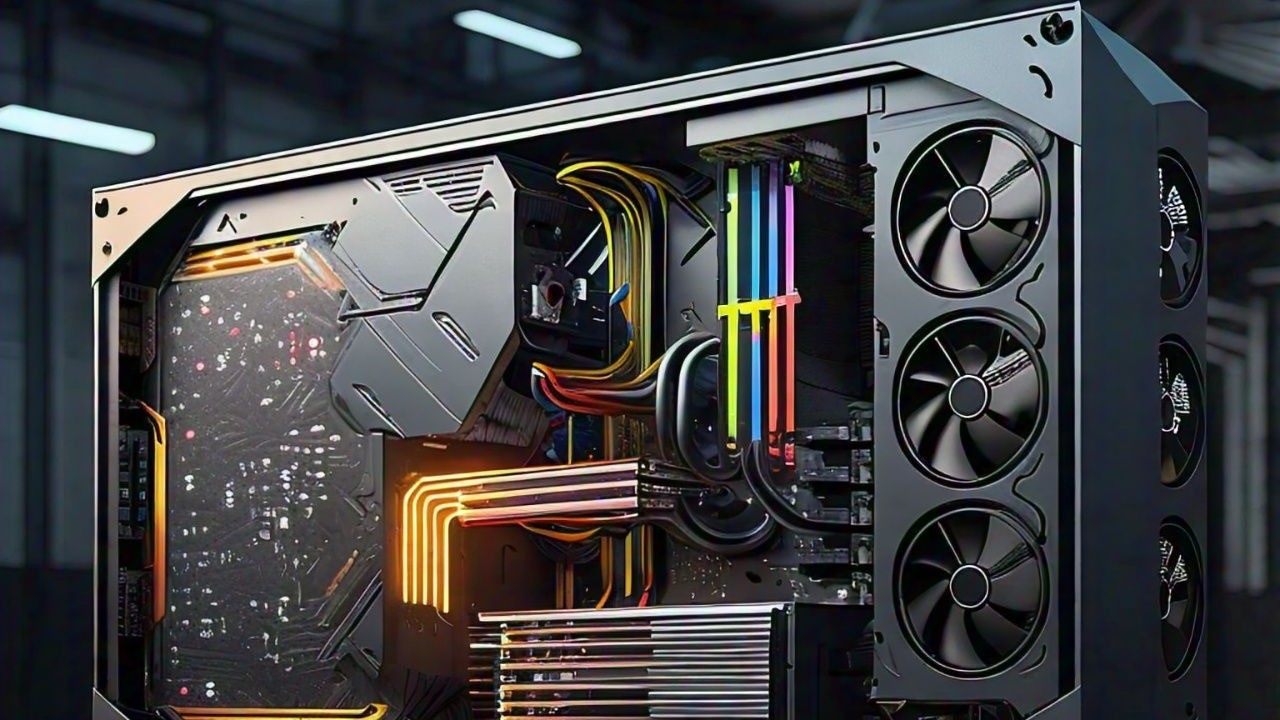GPU vs. Supercomputer: A Comparative Analysis
 Saurabh Gera
Saurabh Gera
Introduction
In the realm of high-performance computing, the debate between the capabilities of GPUs (Graphics Processing Units) and supercomputers is ongoing. Both technologies have their unique strengths and applications, particularly in fields like artificial intelligence (AI), scientific research, and complex simulations.
GPUs: The Powerhouses of Parallel Processing
GPUs were originally designed to handle the rendering of images and videos, but their architecture makes them exceptionally good at parallel processing. Unlike CPUs (Central Processing Units), which have a few cores optimized for sequential processing, GPUs have thousands of smaller cores designed for handling multiple tasks simultaneously. This makes them ideal for tasks that require massive parallelism, such as deep learning and AI model training1.
Supercomputers: The Titans of Computation
Supercomputers, on the other hand, are built to perform at the highest levels of computational power. They consist of thousands of CPUs and GPUs working in tandem, capable of executing quadrillions of calculations per second. Supercomputers are used for highly complex simulations, such as climate modeling, nuclear simulations, and large-scale scientific computations2.
Comparative Analysis
[if !supportLists]1. [endif]Performance: While a single GPU can deliver impressive performance, supercomputers aggregate the power of thousands of GPUs and CPUs, achieving unparalleled computational capabilities. For instance, Nvidia’s latest Blackwell B200 GPU can deliver up to 20 petaflops of AI performance3, but supercomputers like the Fugaku in Japan can reach over 442 petaflops2.
[if !supportLists]2. [endif]Energy Efficiency: GPUs are more energy-efficient compared to CPUs, making them crucial for supercomputers that need to manage power consumption effectively. This efficiency is vital for AI and deep learning tasks, where energy costs can be significant4.
[if !supportLists]3. [endif]Flexibility: GPUs are versatile and can be used in various devices, from personal computers to data centers. Supercomputers, however, are specialized and require significant infrastructure and investment1.
Tesla’s Supercomputer Project vs. Nvidia GPUs
Tesla’s Dojo Supercomputer
Tesla’s Dojo is a custom-built supercomputer designed to train its Full Self-Driving (FSD) neural networks. The Dojo project aims to enhance Tesla’s AI capabilities, particularly for autonomous driving. It uses a combination of Tesla’s proprietary hardware and Nvidia GPUs to achieve high performance. The Dojo supercomputer is expected to significantly improve the speed and efficiency of AI model training, leveraging thousands of Nvidia GPUs56.
Nvidia’s GPU Innovations
Nvidia continues to lead in the GPU market with its cutting-edge technologies. The latest Nvidia Blackwell B200 GPU, for example, offers a massive leap in performance with 20 petaflops of AI compute power and 192GB of HBM3e memory3. Nvidia’s GPUs are integral to many of the world’s most powerful supercomputers and are widely used in AI research and development.
Comparison
[if !supportLists]1. [endif]Purpose: Tesla’s Dojo is specifically designed for AI training related to autonomous driving, whereas Nvidia’s GPUs are more general-purpose and used across various industries, including gaming, AI, and scientific research53.
[if !supportLists]2. [endif]Architecture: Tesla’s Dojo integrates Nvidia GPUs into a custom architecture tailored for high-speed AI training. In contrast, Nvidia’s GPUs are designed to be versatile and can be integrated into various systems, from personal computers to large-scale supercomputers53.
[if !supportLists]3. [endif]Performance: While Tesla’s Dojo leverages Nvidia’s powerful GPUs, the overall performance is also dependent on Tesla’s proprietary hardware and software optimizations. Nvidia’s Blackwell B200 GPU, on the other hand, represents the pinnacle of GPU technology, offering unmatched performance in standalone and integrated systems3.
Conclusion
Both GPUs and supercomputers play crucial roles in advancing computational capabilities. GPUs offer flexibility and energy efficiency, making them ideal for a wide range of applications, while supercomputers provide the ultimate in computational power for the most demanding tasks. Tesla’s Dojo project and Nvidia’s GPU innovations exemplify the cutting-edge developments in this field, each pushing the boundaries of what is possible in AI and high-performance computing.
Subscribe to my newsletter
Read articles from Saurabh Gera directly inside your inbox. Subscribe to the newsletter, and don't miss out.
Written by

Saurabh Gera
Saurabh Gera
Saurabh Gera is a seasoned Principal Architect at UnitedHealth Group, where he spearheads the development and delivery of advanced network, security, and cloud solutions tailored for large- scale enterprise environments. With over 15 years of professional experience, Saurabh has built an impressive portfolio in network design, integration, deployment, and troubleshooting across diverse technologies and platforms.